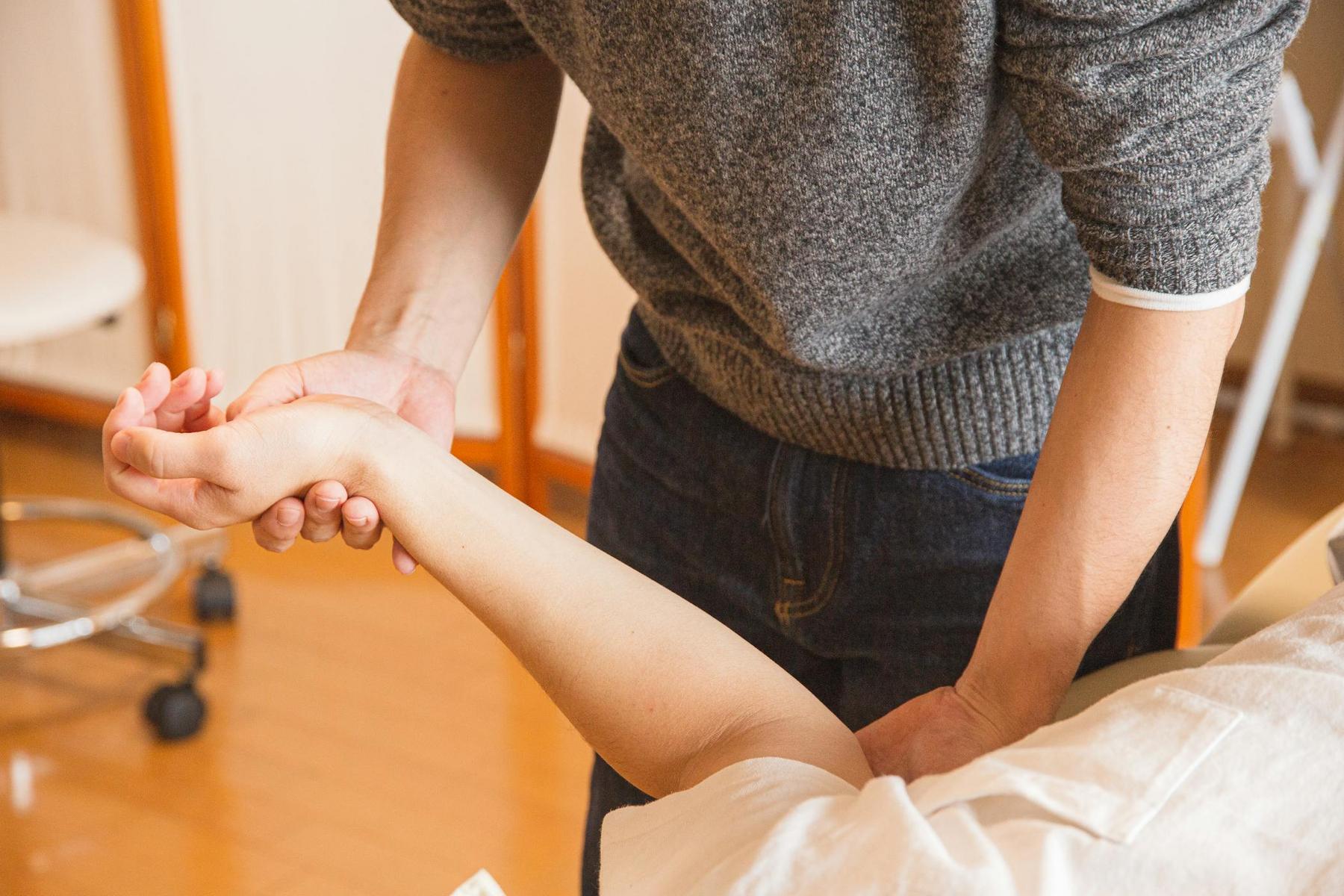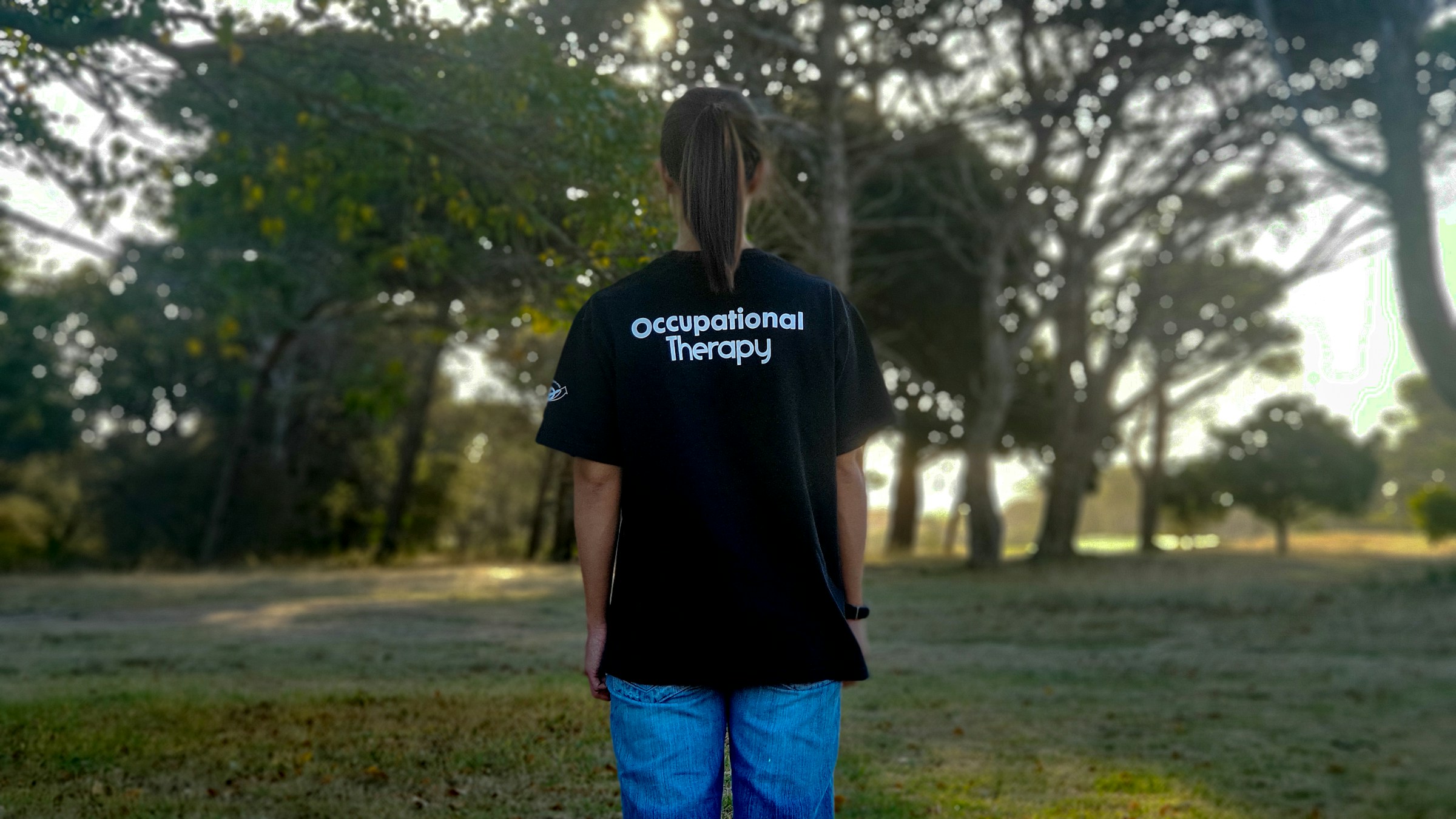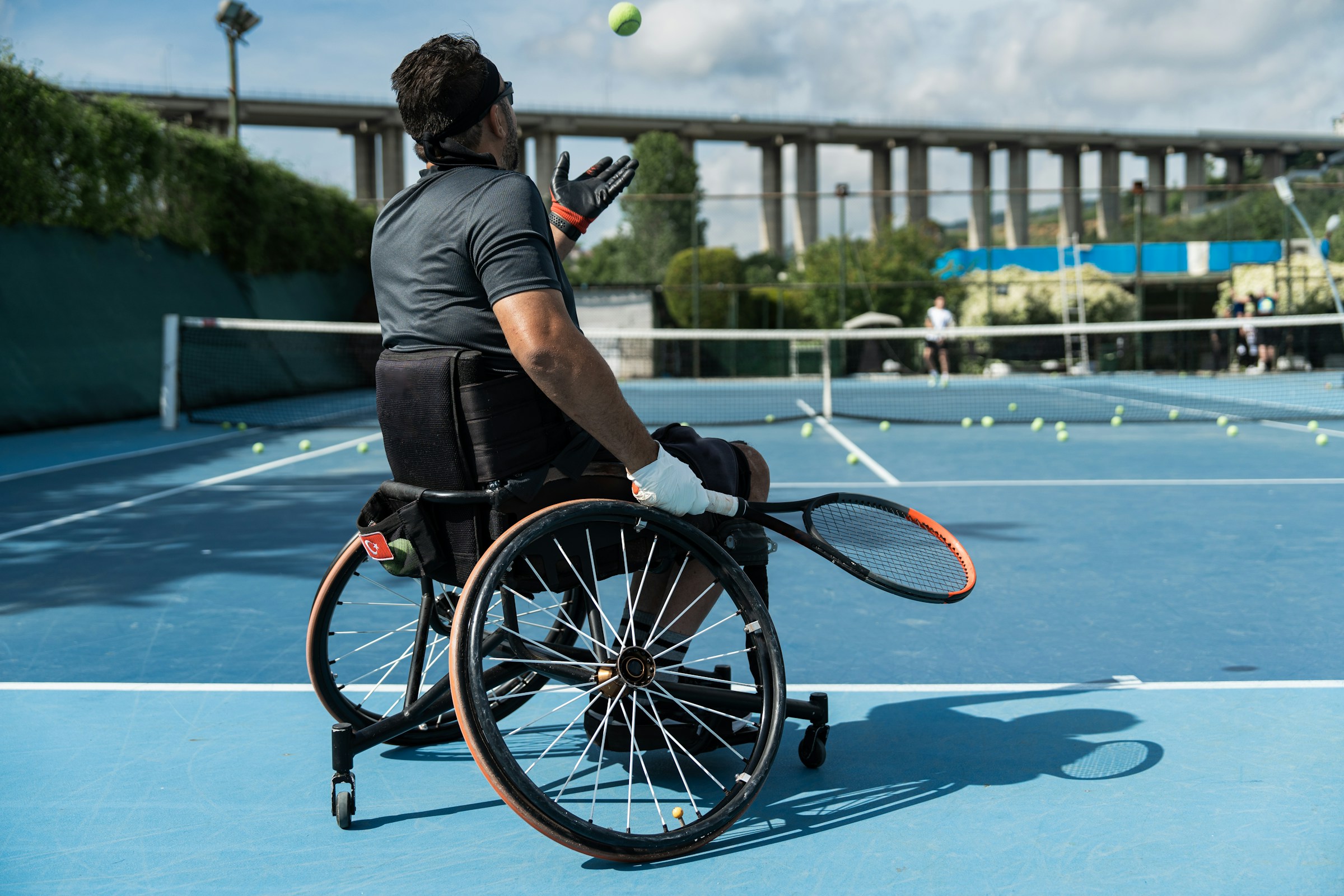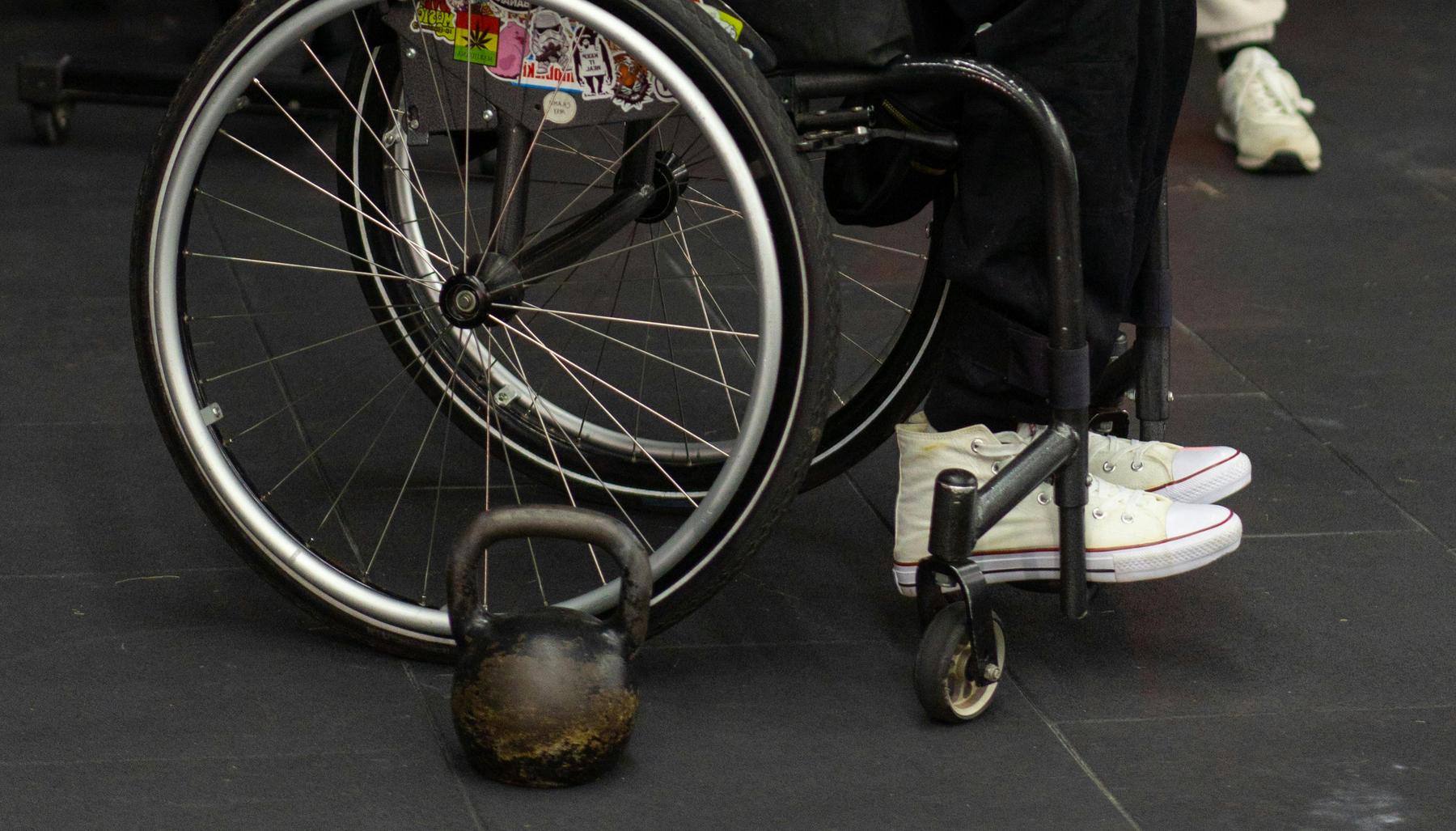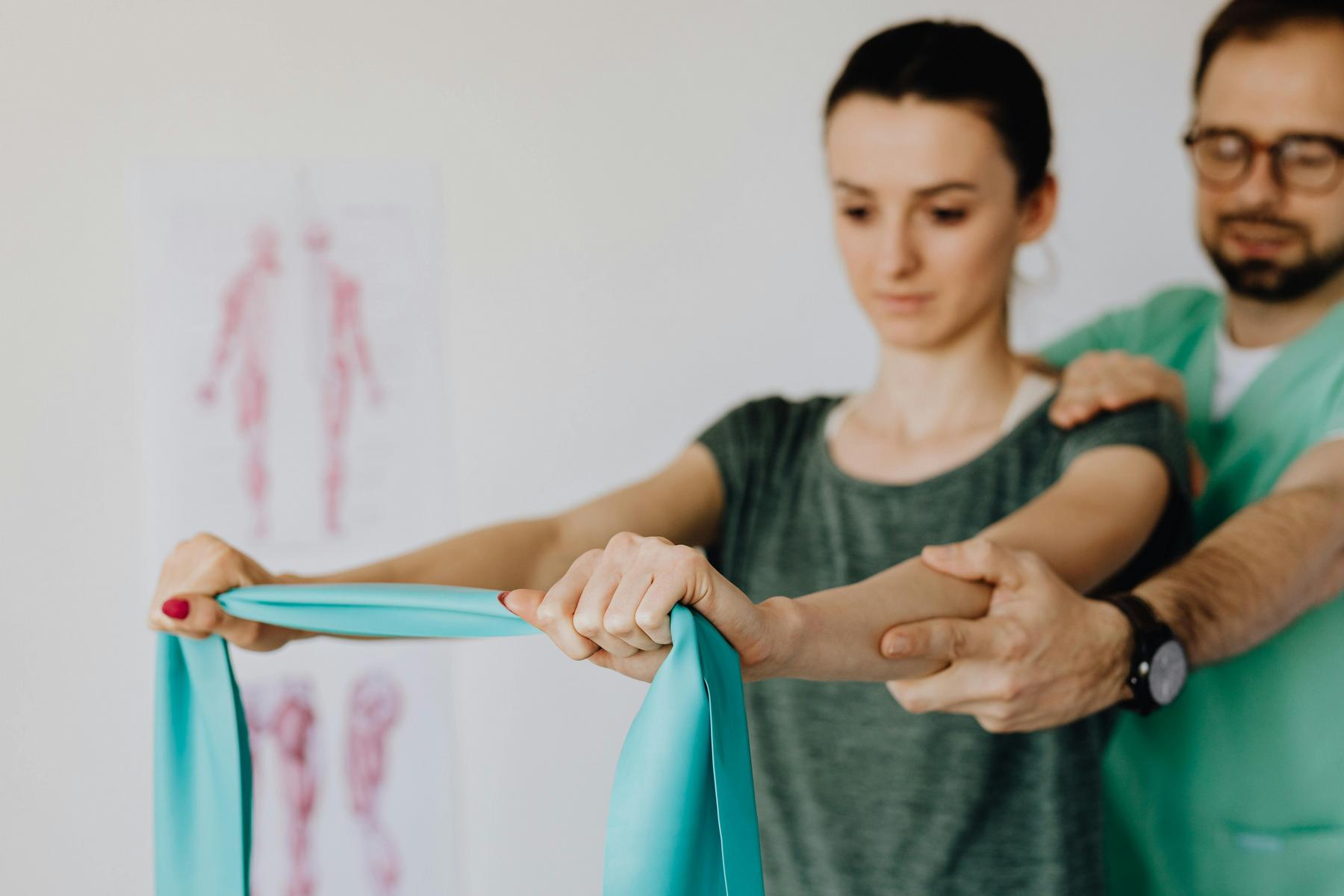Imagine waking up one morning unable to button your shirt, grip your morning coffee, or type an important email. For thousands of Australians each year, hand and upper limb injuries transform these simple daily tasks into overwhelming challenges. Whether caused by workplace accidents, sports injuries, arthritis, or stroke, conditions affecting the hands and arms can profoundly impact independence, work capacity, and quality of life. This is where specialised hand therapy services become not just beneficial, but essential for recovery and adaptation.
Hand therapy represents a specialised area within occupational therapy that combines advanced clinical knowledge with practical, functional approaches to rehabilitation. These services focus on restoring movement, strength, and function to the hands, wrists, and upper limbs through evidence-informed interventions. Custom splinting and tailored therapeutic exercises are central components. For individuals navigating the challenges of hand and upper limb conditions, access to qualified occupational therapist-led hand therapy services can mean the difference between ongoing limitation and a successful return to meaningful activities.
- What Makes Occupational Therapist-Led Hand Therapy Services Essential?
Occupational therapists bring a holistic perspective that extends beyond treating isolated physical symptoms. Their training in functional anatomy, biomechanics, and the therapeutic use of meaningful activities positions them as ideal practitioners for delivering hand rehabilitation that addresses both physical recovery and daily participation.
• Specialised Competencies
Hand therapists undergo advanced training in tissue healing processes, splinting techniques, and exercise prescription methods tailored to the complex biomechanics of the hand and wrist. Many pursue additional certification and maintain ongoing professional development in upper limb rehabilitation.
• Functional Focus
Rather than simply addressing impairments in isolation, occupational therapists consider how hand dysfunction impacts an individual’s ability to engage in work, self-care, leisure, and social activities. Treatment goals are aligned with what matters most to each person’s quality of life and independence.
• Comprehensive Assessment
A thorough assessment includes evaluation of range of motion, strength, sensation, pain, and functional capacity, along with psychosocial factors and the person’s environment. Clinical reasoning skills enable therapists to integrate complex information—about tissue healing, biomechanics, patient goals, and contextual influences—into an effective, adaptable plan of care.
- How Do Custom Splinting Techniques Support Upper Limb Recovery?
Custom splinting is one of the most technically demanding aspects of hand therapy. Occupational therapists combine knowledge of anatomy, biomechanics, materials science, and therapeutic principles to fabricate devices that:
• Protect healing tissues
• Correct or prevent deformities
• Support weakened structures
• Enhance functional ability during daily activities
Common splint types include:
• Static splints—provide immobilisation and protection (e.g., post-surgical recovery, acute injuries, fracture healing)
• Dynamic splints—allow controlled movement with support (e.g., tendon repairs, joint contractures, weakness)
• Serial static splints—progressively correct contractures (e.g., joint stiffness, scar tissue management)
• Functional splints—support performance of specific tasks (e.g., arthritis management, weakness, instability)
The exact design, materials, fit, and recommended wear schedule are determined by the therapist based on individual assessment and goals. Modern materials—such as low-temperature thermoplastics—offer precise moldability, durability, and comfort. In some settings, computer-aided design and three-dimensional printing may be used to produce highly patient-specific devices. Follow-up reviews ensure proper fit, skin integrity, and therapeutic effectiveness.
- Which Therapeutic Exercise Programs Support Hand Rehabilitation?
Therapeutic exercise programs in hand therapy are individually prescribed and carefully monitored. They may include:
• Range-of-motion exercises—aimed at maintaining or improving mobility and preventing stiffness
• Strengthening exercises—using resistance tools (e.g., putty, bands, small weights) to target grip, pinch, and intrinsic hand muscles
• Tendon gliding exercises—specialised movement patterns to promote smooth tendon excursion and minimise adhesions
• Fine motor skill activities—functional tasks (e.g., manipulating small objects, writing, buttoning) to enhance coordination and dexterity
• Sensory re-education—using various textures and stimuli to support recovery of tactile sensation and proprioception after nerve injury
Progression and frequency of these exercises are determined by the clinician according to healing status, functional goals, and the individual’s tolerance.
- When Should Hand Therapy Services Be Accessed?
Timing for hand therapy varies by condition and individual circumstances. Early involvement after certain injuries or surgeries often offers advantages, but the optimal start and progression of interventions should be guided by a qualified therapist in partnership with the treating medical team. Hand therapy can also be beneficial for chronic conditions, adapting strategies over time to manage symptoms, maintain function, and support participation in meaningful activities.
Signs that professional input may be helpful include:
• Persistent pain or swelling
• Decreased range of motion
• Weakness affecting daily tasks
• Numbness or tingling
• Difficulty performing previously manageable activities
Decisions about referral and intervention intensity are based on individual goals, functional requirements, and clinical judgment.
- How Are Hand Therapy Services Funded and Accessed in Australia?
Hand therapy services may be accessed through a variety of funding pathways, including:
• The National Disability Insurance Scheme (NDIS) for eligible participants with permanent disabilities
• Private health insurance (subject to policy details and ancillary benefits)
• Workers’ compensation schemes for workplace injuries
• Private self-funding arrangements
Coverage criteria, service limits, and approval processes differ among funding sources. Geographic factors may influence local availability. Some occupational therapy providers offer mobile services or telehealth consultations to reach clients in regional, rural, or remote areas. Individuals are advised to check eligibility and funding guidelines with relevant agencies or insurers.
- Understanding Technology and Innovation in Modern Hand Therapy
Technological advances are enhancing assessment, treatment, and engagement in hand therapy:
• Computerised dynamometry—provides precise, repeatable measurements of grip and pinch strength for detailed progress tracking
• Biofeedback systems—offer real-time information on muscle activity and movement patterns to support motor learning
• Digital health platforms—mobile apps and telehealth tools deliver exercise instruction, compliance monitoring, and remote communication
• Three-dimensional scanning and printing—enables creation of highly accurate, patient-specific splints based on digital anatomy
• Smart splinting devices—in development to monitor wear compliance, range of motion, and deliver targeted stimulation
These innovations support evidence-informed practice and can improve accessibility, personalization, and outcomes.
- Future Directions in Hand Therapy Services
Ongoing research, professional development, and technological progress are shaping the future of hand therapy:
• Virtual reality and robotic-assisted rehabilitation—to extend therapeutic engagement and motor training
• Advanced telehealth models—to broaden access in underserved areas
• Personalised treatment algorithms—to match interventions with individual characteristics and predicted outcomes
• International collaboration—to harmonise education, certification, and standards of care
• Integration within broader healthcare systems—to optimise cost-effectiveness and patient outcomes
Through continued evolution in practice, research, and technology, occupational therapist-led hand therapy services will remain a vital resource for individuals facing hand and upper limb challenges.
What conditions can benefit from occupational therapist-led hand therapy services?
Hand therapy may support recovery from fractures, tendon injuries, nerve compressions, arthritis, stroke-related weakness, post-surgical care, and various acute or chronic hand and upper limb conditions. Individualised treatment plans often include custom splinting, tailored exercises, and functional training.
How long does hand therapy treatment typically take to show results?
The duration of treatment varies by condition, severity, healing capacity, and personal goals. Some individuals notice improvements within weeks, while others with more complex needs may require several months. Therapists closely monitor progress and adjust the treatment plan accordingly.
Can I receive hand therapy services through the NDIS or private health insurance?
Yes, hand therapy services may be covered through the NDIS, private health insurance policies, workers’ compensation schemes, or private self-funding arrangements. Coverage details and eligibility criteria vary, so it is important to verify with the relevant provider or insurer.
What should I expect during my first hand therapy assessment appointment?
During your initial assessment, the occupational therapist will review your medical history, discuss your current symptoms and goals, and perform a physical evaluation that may include assessments of range of motion, strength, sensation, and functional capacity. Based on this evaluation, a tailored treatment plan will be developed for you.
Are hand therapy services available in regional and rural areas of Australia?
While access may be more challenging outside metropolitan areas, many providers offer innovative solutions such as mobile services or telehealth consultations to reach clients in regional, rural, or remote areas.
